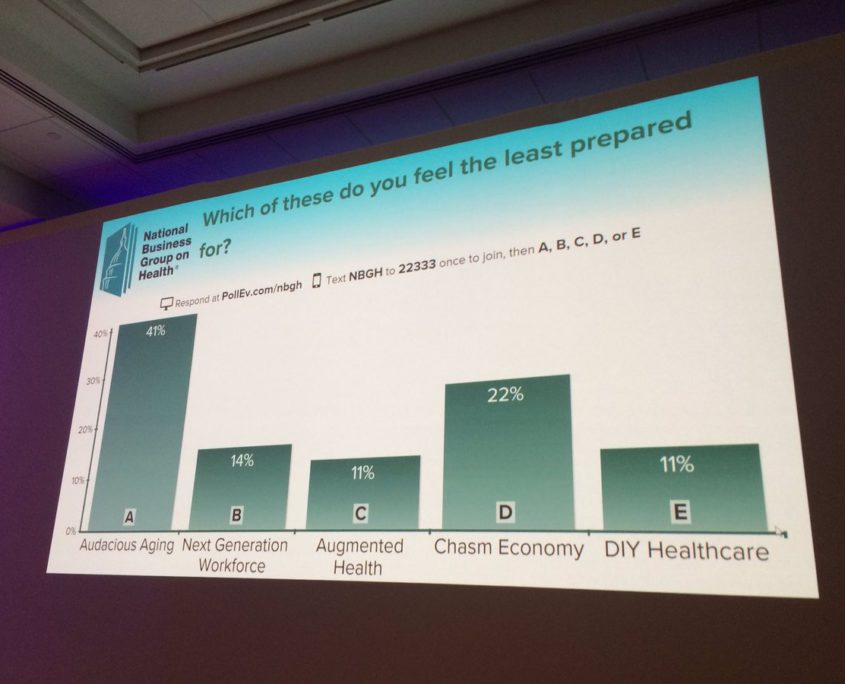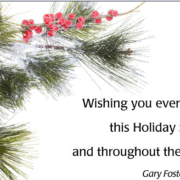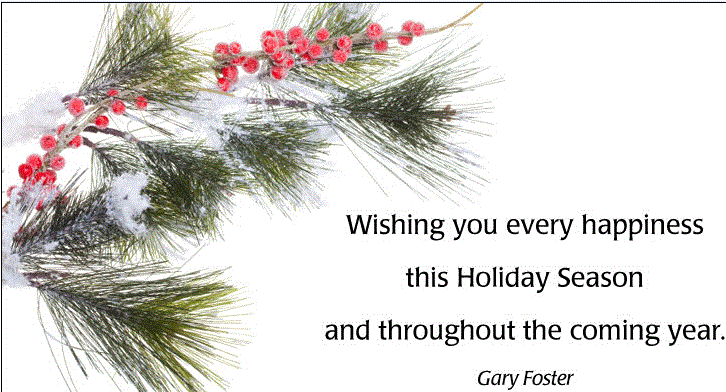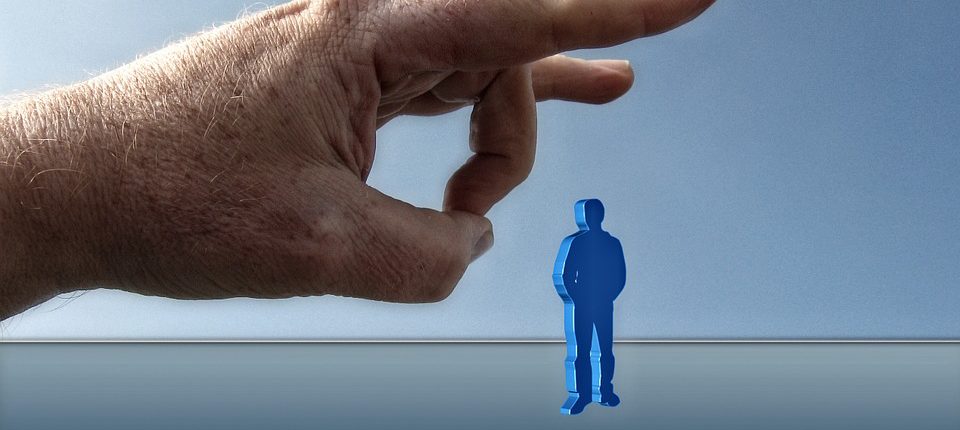On How To Become an “Audacious Ager”

I have a new favorite term for what I’m striving to be – an “audacious ager”.
Aging is a pretty hot topic because so many of us are experiencing the unstoppable nature of it. It seems we’re on a constant search for things to describe our denial of the eventuality. Things like “purposeful aging”, “successful aging”, “graceful aging”. Creativity abounds amongst us later-lifers in our attempt to put monikers on what we are experiencing.
Margaret Manning at Sixtyandme.com polled 43,000 women and asked them to give her one adverb that described how they were aging. You can see 40 of them in this article.
No grace in aging
Pretty creative and surprising list. Note that no one chose “graceful.” No surprise. There’s not much that’s graceful about it.
Number 40 – “outrageously” – came closest to my new favorite.
My new favorite came from a rather unusual source – the National Business Group on Health’s (NBGH) Business Health Agenda (BHA) conference. NBGHBHA for short – really? This conference apparently focused on employer-sponsored health care plans and the challenges and changes companies are facing in terms of plan design, health data, demographics and much more.
One of the topics presented had to do with the boomer’s role in the future. It emphasized that employers are facing a major paradigm shift for which they are unprepared. An employer poll revealed that, of five predictions for the future, “audacious aging” was the paradigm shift that employers were least prepared to deal with.
Here’s a graph showing the results.

It’s a revealing reflection of the fact that retirement, as we’ve known it, is going away.
It takes guts to age naturally
There are two reasons that “audacious aging” resonated with me. First, I’m a contrarian by nature and being audacious in a number of areas of my life is becoming more common and more comfortable as I’ve outgrown my need to compare and seek the approval of others. It just takes too much frigging mental energy to do either. NOTE: You’ll get there if you aren’t already.
Secondly, I’m learning that to age normally and naturally, we have to be audaciously aggressive against a lot of forces that are pulling us up short of our full life potential.
So maybe you’d like to join me and the growing ranks of audacious agers. If interested, here are some fundamental steps to becoming one:
- You shun traditional retirement. You give the finger to a culture that insinuates that you have a “use by” stamp on the back of your neck. You tell anybody who will listen that you “ain’t done yet” and to “stop asking me when I’m going to retire.” Remind them that you know the universe will take your parts back someday but that, right now, they are still working just fine, thank you, especially your ability to think and create and contribute.
- You adopt an attitude with gratitude and altitude. You’ve sworn to not become a geezer/hag, that grumpy, immobile, smelly old fart/bag that you swore you would never become. You refuse to relinquish your still-supple mental bandwidth to the things that aren’t right in the world and in our lives. You turn off Constant Negative News network (CNN), cancel the local paper and forget the local news. You journal five things every day that you are grateful for. You acknowledge that “better has no finish line” and you get better at something every day. You block your brain’s innate tendency to time travel to your past (regrets) and to the future (fear) and commit to making your future bigger than your past. You deeply reflect, rediscover, resurrect, and redeploy your essential self in a way that moves humanity forward positively. You put together a 25-year plan regardless of your age. And you find the time – now – to write your 100th-birthday speech.
- Be one of the 3% in your age group that is at 24-hour Fitness (or equivalent) 6 days a week. And, no, none of this one-mph on a treadmill with zero incline for 15 minutes. Nope, you throw around some free weights at least three days a week with the tattooed, tank-topped and tiny-testicled 30-somethings as they tune up their mirror muscles (sorry ladies, couldn’t resist that statement). And you add 45 minutes of serious interval cardio work six days a week. You accept that those 30-something mirror muscles (male or female) aren’t in your future and that isn’t what it’s all about. It’s about being able to walk, talk, think, and be a hero and a source of cognitive and meaningful wisdom for your great-grandkids.
- Help eradicate fast-food. OK, that’s not going to happen but you can do your part to help slow the damage it does. Do the math on this: (1) 2015 was the first year that Americans spent more eating-out than they did cooking at home.
 (2) CDC has estimated that 40% of the U.S. population is overweight. Hmmmm! Any correlation? Calorie-levels of restaurant food is 20-30% higher than food prepared at home – and portions are ridiculous. Bring it home and be a “flexitarian” – plant-and fruit-heavy diet with occasional “meat as a treat.”
(2) CDC has estimated that 40% of the U.S. population is overweight. Hmmmm! Any correlation? Calorie-levels of restaurant food is 20-30% higher than food prepared at home – and portions are ridiculous. Bring it home and be a “flexitarian” – plant-and fruit-heavy diet with occasional “meat as a treat.”

- Piss off your Primary Care Physician. Well, not really. You need him/her along the way. But you realize she/he is encumbered by a mindset focused on cure, not prevention, and under a corporate or government-driven mandate to spend less time with you than ever. You go into your annual or semi-annual visit (hopefully, no more than that) with the knowledge that 95% of physicians have had zero training in geriatrics and that they are anything but nutritionists. You reach an agreement on the front-end that you will rescind your co-pay if he/she once says “what do you expect at your age?” You go into your meeting equipped with questions that will put them on notice that this is not your average bear when it comes to understanding how the body works. Questions like: “why didn’t my blood test include a BUN (blood urea nitrogen), creatinine and homocysteine test?” (See P.12 of my free e-book for more on knowing your biomarkers). Trust me there’s a good chance that your doc is not going to be fully accepting of you taking full charge of your health and won’t appreciate being challenged (check out this article). But it’s not too late for them to adapt. Look, healthcare is going the wrong direction for us audacious agers and the docs know it. Self-efficacy/self-care is one of our new mantras and we are committed to enlisting our docs as partners in that mantra rather than abdicating our health to them.
- Change your circle and hang with the youngers. Jim Rohn, renowned American entrepreneur, author, and motivational speaker is often credited with saying that we rise to the level of the five people we spend the most time with. When you take a look at the roles that mentors have played in the lives of highly successful people, it’s a hard point to argue. As an audacious ager, you make sure the five closest to you are moving on and taking it to their lives rather than life taking it to them. No downers, doubters, or whiners. You’re on the lookout for someone who will push you, challenge you, encourage you and accept that you are committed to coloring outside the lines. You work to develop a “tribe” that includes people 20, 30, 40 years younger than you and draw on their energy and creativity and listen to their ideas and reciprocate by helping them with your wisdom.
Be prepared for the ridicule

Let’s face it, the reality is that most people won’t buy into this concept and you are setting yourself up for some not-so-subtle jabs, especially from your inner circle (ref #5 above). They are likely locked into belief systems that say that sedentary retirement is an entitled gift, senescence is automatic, and that aging is more about fate and genetics than choices. But as an audacious ager, you know it’s bull****. You become the model of what is possible and, as Gandhi taught, “be the change you want to see in other people.” Some will want what you’ve got. That’s the biggest payoff of being an audacious ager – effecting change through example.
Maybe you are already an audacious ager. I’d love to hear your story. Leave a comment below or email me at gary@makeagingwork.com and set up a time to talk. I’m on the lookout for audacious agers with big stories to feature on my podcast platform which I will be introducing in early 2018.
While you are at it, click on this link, scroll down and take advantage of my new free ebook, “Achieve Your Full-Life Potential: Five Easy Steps to Living Longer, Healthier, and With More Purpose”.






 George Burns was guilty of some really fabulous quotes, most of them quite funny, some deadly serious. Many had to do with his advancing age (he died in 1996 at age 100). Here are a few:
George Burns was guilty of some really fabulous quotes, most of them quite funny, some deadly serious. Many had to do with his advancing age (he died in 1996 at age 100). Here are a few:








